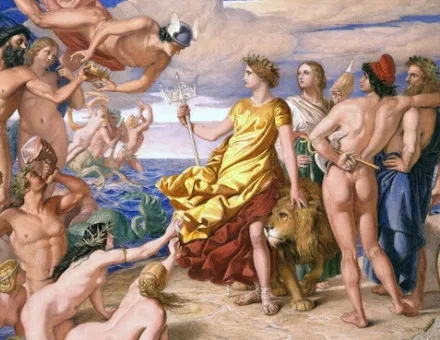The Museum of Scotland
Ted Cowan visits the new Museum of Scotland and considers its implications for the nation’s view of itself.
The Scottish Past, it seems, is a source of perpetual anxiety to British politicians, many of whom believe that if the Scots are exposed to too much of their own history they will reshape their future in an undesirable, not to say, uncontrollable, image. It is thus truly remarkable that the dawn of a new millennium should be heralded in Scotland by the morning star of a new museum which opened on St Andrews Day 1998, the occasion marked by the presence of the monarch and by a kilt-swinging ceilidh to the strains of Martyn Bennett and Salsa Celtica. Two days later the heir to the throne visited for precisely ten minutes, he who had once resigned as president of the Museum’s trustees, describing the design of architects Gordon Benson and Alan Forsyth as a ‘carbuncle’. The malignant, inflammatory metaphor was perhaps symptomatic of the quarrels and contentions which had plagued the Museum’s progress since it was first mooted in 1952, but the word’s primary connotation of a type of precious stone is also appropriate since over 10,000 objects from the nation’s past are now housed in a spectacular showcase at the top of Chambers Street, Edinburgh.





